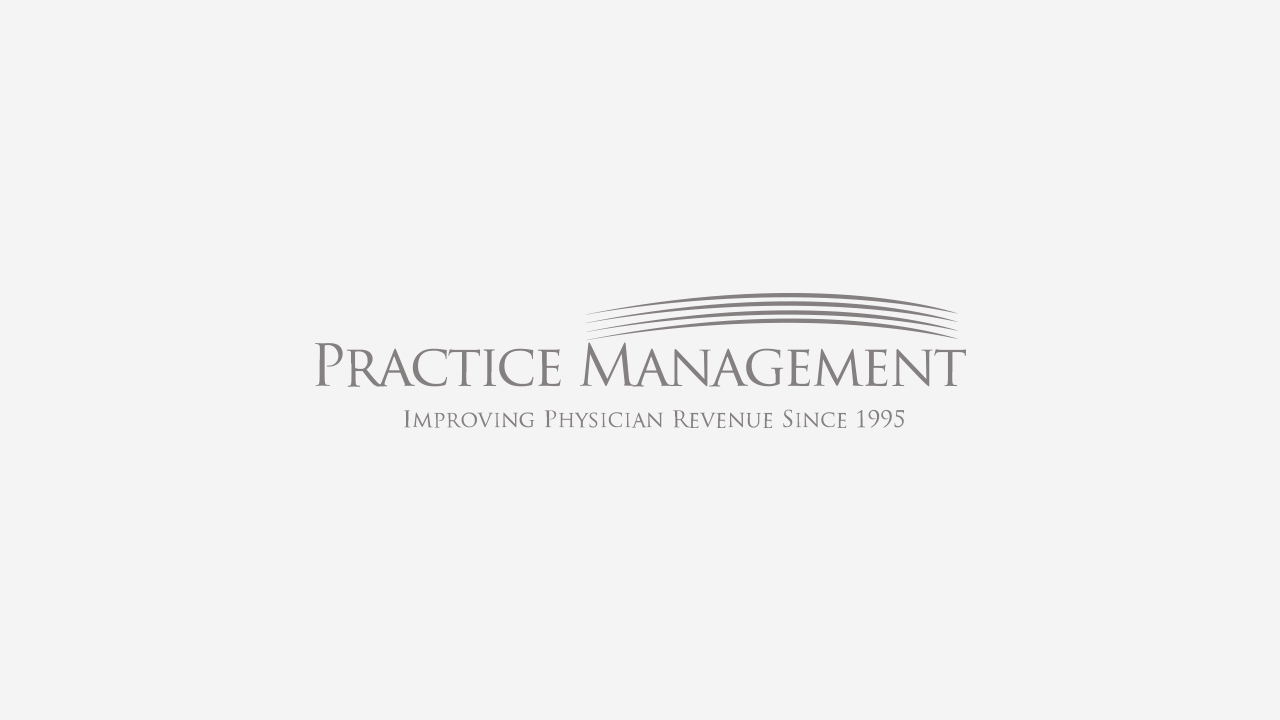
There’s a gap in the healthcare industry that goes beyond money and underserved locations. Whether it’s doctors not having enough time to communicate with patients or patients not concerning or miseducating themselves with the subject matter, the shortfall in personal health literacy is a troubling issue. Why? Doctors who don’t attempt to bridge this gap may order unnecessary tests, have higher readmission rates, and misdiagnose patients altogether. Furthermore, patients who have higher health literacy rates tend to be healthier overall. So, how can this chasm be shrunk to a more palatable scenario? We’ll take a look at four ways to increase health literacy.
The best place to begin is with a simple definition. The CDC describes personal health literacy as “the degree to which individuals can find, understand, and use information and services to inform health-related decisions and actions for themselves and others.” What can doctors do to help patients empower themselves?
When conveying information to your patients, remember that many don’t work in the healthcare field. Technical jargon may confuse and intimidate your patients. Attempt to find the simplest way to communicate your point. Also, begin with the most important facts first and work your back. Use an active voice to be concise. When you cut down on technical terminology, prioritize your points and speak straightforwardly, your patients will have a better chance to leave your office informed.
Closed-ended questions are aptly named because they lead to a dead end. For clarification, a closed-ended question has one of two simple answers. “Yes” or No.” If you want more of the story, try utilizing open-ended questions. How? Try using the power of “what.” Start your questions with “what,” and you’ll receive more informative answers in return. For example: “What brings you to the office today?” will garner a more helpful response than “So you’re not feeling well?”
Knowledge is power, and thanks to modern mobile technology, learning can take place anywhere. There are a plethora of health-related apps that can provide your patients with reputable and timely information. A few examples of these extremely useful, and even sometimes fun, apps include the following.
CDC Health IQ: This trivia-based game tests your health knowledge in an entertaining format.
WebMD App: A good app for the facts. Patients can research symptoms, conditions, and drug information.
Mayo Clinic App: The Mayo Clinic App features an appointment maker and delivers timely news and practical health advice.
There are many other great choices for health information in both app stores, but before recommending, it’s advisable to have firsthand experience using the functions.
Go beyond the bland, black, and white words and implement graphics and other visuals. The use of images helps learners retain information longer, conveys more efficient communication, and provides a vehicle for better comprehension. And think about it, is there any other information more important to understand and retain than health-related facts?
Hopefully, the gap in health literacy will continue to disappear as more valuable tools and methods are implemented to educate the public. With dedication and great doctors like you, it’s a good bet.
Do you want more time to communicate the importance of health information to your patients? Contact us to see how we can help take some of your health center’s work off your plate. More time is always a good thing.